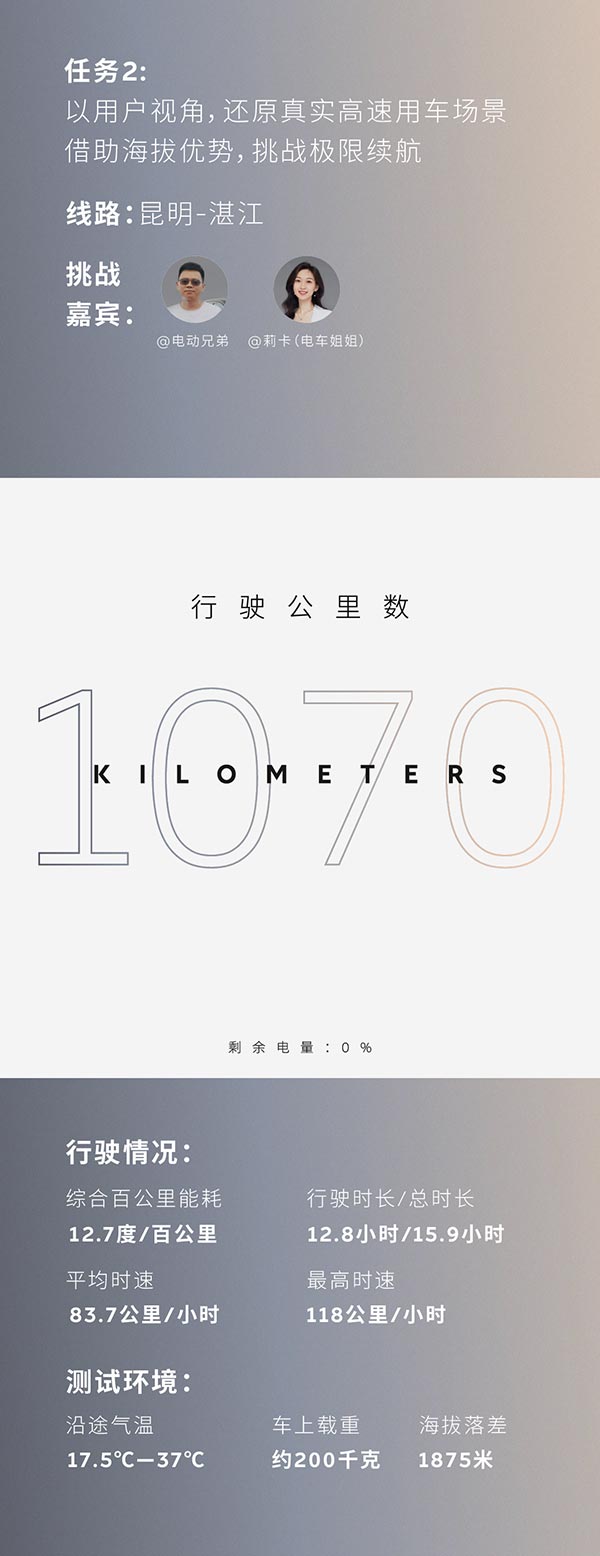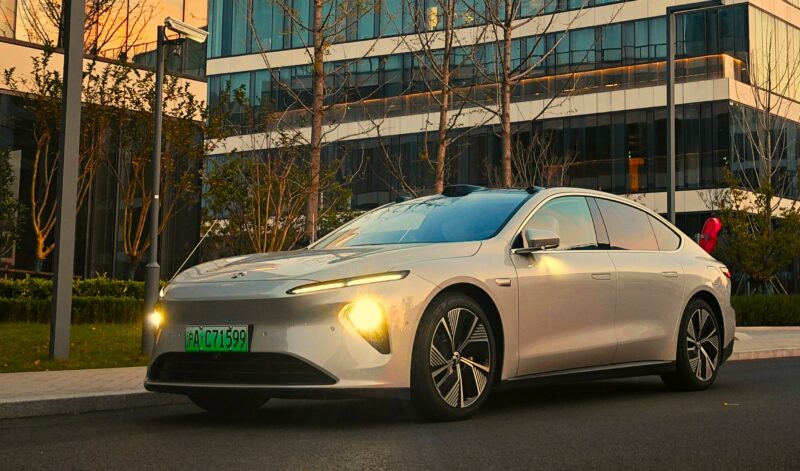New Nio ET7 with semi-solid battery reached 1,070 km in real-world testing
The updated 2024 Nio ET7 started preorders on April 16 and will officially launch at the Beijing Auto Show next week. The massive 150 kWh semi-solid state battery pack started mass production on April 3 and will hit the swap stations in May or June, according to Nio.
The Shanghai-based company conducted the range test on April 16 on three different routes, reaching 1,070 km, 1,062 km, and 1,046 km range, respectively.

Nio ET7 reached the top score on the route between Kunming and Zhanjiang, achieving 1,070 km (649,86 miles) of range. The average energy consumption was 12.7 kWh/100 km. A total of 757 km was driven on Navigate on Pilot Plus (NOP+), which accounts for 70.7% of the route. It was also a route with the most friendly altitude.
The second most successful route was between Beijing and Hefei, where Nio factories are located. ET7 achieved a 1,062 km range with 13.0 kWh/100km energy consumption. 429 km was driven on NOP+, accounting for 40.3% of the route.
The least successful route was between Nio’s HQ in Shanghai and Xiamen, where ET7 reached the 1,046 range with an average energy consumption of 13.3 kWh/100 km. It was also the route where manual driving was involved the most, with NOP+ participating only on 394 km, which accounts for 37.6% of the route.
| Kunming | Beijing | Shanghai | |
| Distance | 1070 km | 1062 km | 1046 km |
| Consumption per 100km | 12.7 kWh | 13 kWh | 13.3 kWh |
| NOP+ | 757 km | 429 km | 394 km |
| NOP+ share | 70.7% | 40.3% | 37.6% |
| Driving time | 12.8 hours | 13.2 hours | 13.1 hours |
| Average speed | 83.7 km/h | 80.5 km/h | 79.9 km/h |
| Top speed | 118 km/h | 110 km/h | 120 km/h |
| Temperature | 15.5-30 °C | 15.5-30 °C | 18.5-29.5 °C |
| Altitude change | -1875 m | 34 m | -3 m |
It is worth noting that in December last year, William Li, Nio’s CEO, performed the first public test of Nio ET7 with a 150 kWh semi-SSB battery. Li live-streamed the 14-hour journey from Shanghai to Xiamen, reaching 1,044 km of range with 3% battery capacity remaining. However, at this point, Li decided to park at Longjudong Service Area and end the test.
Nio previously announced that a 150 kWh semi-SSB pack would be available only under BaaS (Battery as a Service), where users buy the car without a battery and pay a monthly fee for renting the pack from Nio. The semi-SSB will hit the first swap stations in May or June, and users can swap it into their vehicle within 3 minutes.
Beijing-based battery maker Welion New Energy Technology makes the 150 kWh SSB. Its energy density is 360 Wh/kg, and the whole pack is 260 Wh/kg. According to WeLion, the cooling system is six times stronger than ordinary batteries. The 150 kWh SSB weighs 676 kg, just 20 kg more than Nio’s 100 kWh battery pack. For comparison, the 135.5 kWh LFP battery from BYD weighs 227 kg more – 903 kg.
Nio currently offers two battery options: 75 kWh and 100 kWh. The 2024 Nio ET7 will start deliveries on April 30 after launching at the Beijing Auto Show on April 25.




